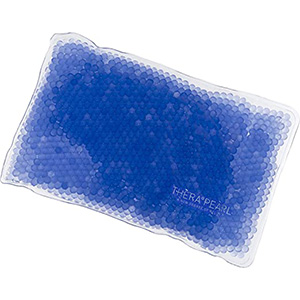Categories: General
Thank you for the opportunity to ask questions! Is it an immune response happening in both cases; in the re absorption of trapped sperm from the open-ended’s granuloma AND; in the case of re absorption from the testes/ epididymus with the closed-ended vasectomy?What are the chances of no blowouts, with ‘closed ended’?
Do the testes usually take on a larger size to accommodate their new job of reabsorption, in the case of closed-ended?
In the longer term case of any subsequent removal of the epididymis; does this too, seal the sperm inside the testes, or leaks to form granulomas?
Anti-sperm antibodies (ASA) can develop with any type of vasectomy procedure and most men who have had a vasectomy will have some degree of ASA. As soon as sperm are exposed to the patients own immune system outside the reproductive tract then ASA can develop. The type of vasectomy (open-ended, closed, no-scalple, no-needle, etc) really doesnt make a difference. Some people who have never had a vasectomy also develop ASA after a trauma to the testes or after an infection in the epididymis or testicles. The actual significance of anti-sperm antibodies is still uncertain.
Secondary epididymal obstruction (blow-outs) can occur after a vasectomy. The exact cause of these injuries is thought to be realated to back pressure on the epididymis after occlusion of the vas deferens. There is some evidence that certain types of vasectomy procedures can minimize these types of occurrences. Open-ended vasectomy leaves the testicular end of the vas deferens open to continuosly drain sperm into the scrotum or resultant sperm granuloma. This is done at the risk of developing a large, sometimes uncomfortable, sperm granuloma. Another technique, is to perform the vasectomy as high as possible on the vas deferens. Research has shown that men who had at least 2.7 cm of testicular vas deferens below their vasectomy sites had significantly less risk of developing secondary epididymal obstruction, than their counterparts with vasectomies performed lower on the vas deferens. The theory behind this technique is that longer segments of vas deferens can help absorb some of the back pressure after the vasectomy.
Testicular size does not change after a vasectomy. The testicles are surrounded by a tough layer of tissue called the tunica albuginea which maintains a constant testicular volume after a vasectomy. The epididymis will become indurated after a vasectomy as it fills with sperm that is unable to be released. However, most patients will never realize this and something only a trained physician can appreciate on examination.
- The topic ‘General questions on re-absorption etc.’ is closed to new replies.



